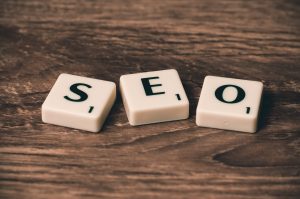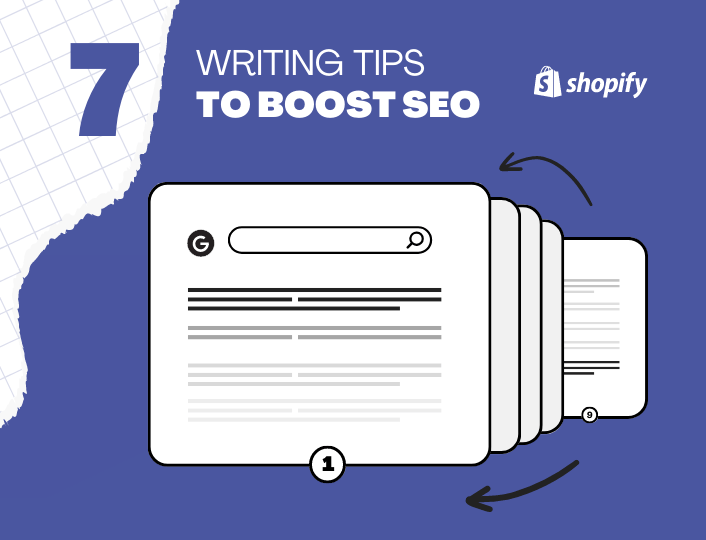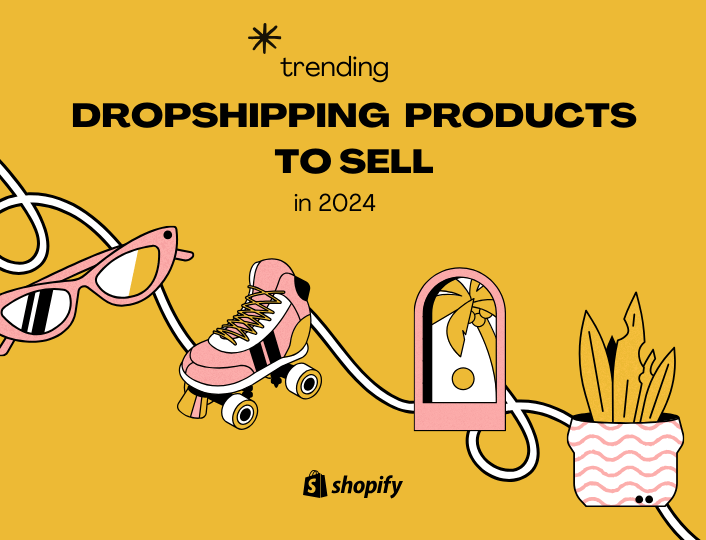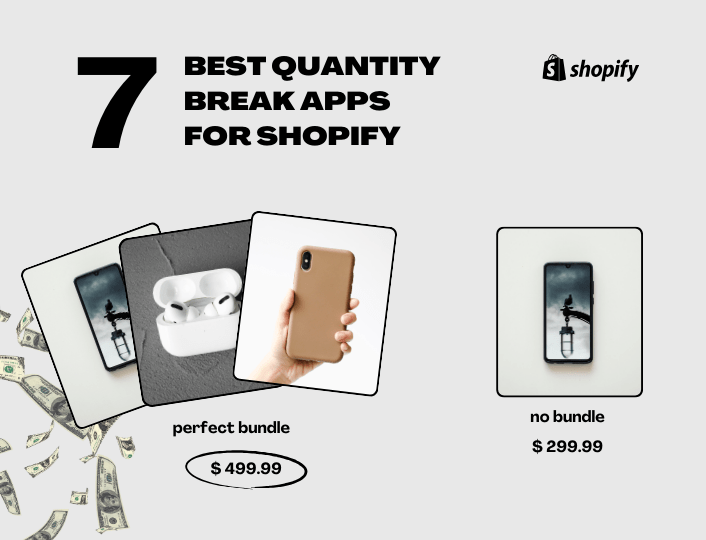Do you want to rank higher on the Google search result page? Or looking for ways to boost Shopify SEO for your website.
Then this article is for you.
We know the feelings about your website, article or post nor being on the first, second and third result pages of Google.
It can be heartbreaking knowing the effort you put into your work to rank on Google yet get no result.
According to Backlinko, approximately 60% of pages ranking in the top 10 of Google are 3 years old.
That is to say, it takes a lot of time, effort and understanding of Google’s algorithm to stay on top of the search page.
Some of the factors to help you rank higher include:
- The authority of a website. Use this website authority checker to check the authority of your domain.
- The age of your domain
- Website structure and other optimizations
- The level of external and internal links on your site.
In this article, we talk about some of the tips to help you boost SEO for your Shopify store to rank higher on Google Search.


Boost your Shopify SEO with these Writing Strategies.
Here are 7 of our best tips to guide you to improve your SEO and help you rank higher on the Google Search Engine Page.
1. Search for Topics Relevant to Your Audience and Match the Search Intent
Non-researched topics that are not related to your brand, or relevant to your audience cannot generate the traffic you need on your websites and Shopify stores.
To grow your lead generation and site traffic through content, they are questions you need to answer before you plan and create your content.
- Who is your target audience
- What are their needs
- How to provide solutions for their needs.
If and when you answer these questions right, you have created the right path to the kind of content you want your audience to see on your page.
Also, it is imperative to create contents that match the search intent. That is to say, to create that perfectly answers the user’s question.
For example, 15 Hacks to Stay Motivated as a Shopify Merchant also answers the questions of how to stay motivated, tips to stay motivated etc. This matches the
To choose the best topic for your blog content, they are four types of search intent formats you can choose from:
Informational Intent – Here the user seeks information about a topic or thing. Usually use “What is …”. So your best-recommended content should be how to answer questions i.e The “How-to” guides, tutorials, Research etc.
Navigational Intent – The user searched for a place, website or Brand name. The content should be about the specific place in the search bar. E.g. Directions, maps, business websites and “stores near me”.
Commercial Intent – Articles about product features, reviews, specifications and brand comparison. E.g. “Best Airpods 2023”, “iPhone vs Samsung” etc.
Transactional Intent – Also called the ‘buyers keyword’ indicates a shopper’s interest and is ready to purchase. Most times they contain the “Buy”, “Price”, “Deal”, and “Coupon” keywords.
Understanding the search intent will help you create topics relevant to each intent type and provide solutions to your customers’ needs.
2. Improve your Keyword Strategies
Keyword research strategy is one important way to boost SEO.
They are words familiar to the users to search for specific products and services. It is necessary to grow your audience and boost sales.
Contents that are optimized with specific keywords tend to rank higher on search engine result pages than others that use generic keywords.
Though keywords have been known as one of the best ways to optimise content for success, it is still being misused as people tend to overbear their content with irrelevant keywords that makes their article difficult to read.
How to research keywords to use on your Content and Shopify websites.
a. Choose your Primary Keyword
Your primary keyword is the focal point of your content. This is the main word you plan to optimise.
It doesn’t have to be a phrase or a sentence. It can be as simple as a word or two.
These keywords when placed rightly will make your work coherent and create amazing articles that are acceptable in Google SERP.
To rank higher, your primary keywords will directly relate to your topic and are relevant to your audience.
b. Study Competitors’ Keywords
Another way to improve your keyword research and strategy is by studying your competitors’ keywords.
Knowing your competitor’s keyword helps you to stay updated on trending topics and ideas.
Studying your competitors’ keywords and copying their styles are very different, you shouldn’t copy their style. What you need is to use the researched keywords to create your own content unique to your brand.
To study your competitor, use these competitor keyword tools to generate relevant keywords.
c. Add Related Keywords
Related keywords are relevant in boosting your SEO. These are keywords that are related to your primary keywords and are also rephrased to create another topic.
An example is the related section on Google research keywords that shows related words and topics others have searched for.
Inserting related keywords to your page will increase your page visibility, and traffic and boost your SEO.
3. Title, Headers and Meta Description Optimization
To rank higher on Google, your headers, titles and meta descriptions should be arranged with the right keywords and be fully optimized for success.
An important feature to note in your headers and titles is the capitalization of words. This helps AI to give precedence to your heading and then to other parts of your page.
For titles, we will talk about the best places to insert your keyword to boost SEO for Shopify
- Insert Keywords in your Headings and Titles
The more keywords you place on your heading and titles, the more your content is likely to get noticed by the Google algorithm.
This is because the algorithm compares the search contents to that of your headings and only shows articles that are closely related to the search words.
Use these keyword research tools to find keywords that centre around your topic or niche. Tools like Google Key Planner, Ahref and Moz Keyword Explorer are some of the best tools to use.
- Insert Keywords in Meta Description
Your Meta Description is the body of text that comes after your headings and titles.
It is a longer version of your heading that further describes and expatiates your titles.
While Google had disregarded the use of meta description as a ranking factor. It is still important to add your keyword within the first lines of your description.
https://adoric.com/blog/30-small-business-ideas/
Your meta description can be a deciding factor for a reader to continue with your content or exit from there. For maximum effect, it is better to keep it simple and concise like an ad copy.
- Insert Keywords in the Product Description
Insert keywords in your product descriptions, headings, and titles. Add keywords to your product to help them be more visible on search engine pages.
Be specific with your words and do not clutter your description with irrelevant keywords that do not relate to the product.
Optimizing titles, headers and meta description is a well-recommended way to boost your content and rank higher on search engines.
4. Choice of Words and Vocabulary Use
Good content is structured for readability. To successfully boost Shopify SEO, your content needs to be concise, clear and resonate with the reader.
Avoid ambiguous words, and use basic vocabulary that is easily comprehended. Your reader does not need to check for words meaning while trying to go through your content.
Paragraphs need to be short with simple sentences.
Avoid the use of excessive adjectives and adverbs. Go straight to the point.
Make use of active verbs and avoid passive voice.
Use lists, bullet points and bold letters to highlight important words that need the readers’ attention.
Finally, use your keywords in the body of your text. Be sure not to clutter your content with irrelevant keywords.
Google will reduce the credibility of such content when you overbear your content with keywords.
5. Use Links to Boost SEO
There are two types of content links to boost SEO.
Internal Link and Backlinks.
Internal Links – These are links directed to your own content written a while back. It can be used as a reference or to direct the reader to the next line of action.
Backlinks – These are links pointing to your content or website from another site.
Backlinks are one of the succeeding factors for SEO. To rank higher on SERP, you need a sizable number of backlinks linked to your page.
Not just the number, but the quality of the links will influence your ranking on search engines.
One quality link from pages such as Wikipedia is worth more than a couple of links from low-quality websites and social media pages.
Not sure how valuable a link is, you can use this free domain checker tool to check the value of a link.
Sourcing for backlinks is one of the most tedious SEO work to do and many as resulted in buying links. You may want to avoid such acts because they may affect your Shopify store negatively.
Here are some of the ways you can generate backlinks for your content
Guest Post – Publish posts on high-end sites as a guest and you earn backlinks naturally.
Reviews – Meet Blogger to review your website and products. Some may demand a fee while others will do it willingly for free.
Shareable Contents – Post shareable and insightful topics on your blog. People who post on their own page will likely give share your link on their page.
6. Use Visual Contents to Boost SEO
Visual content includes images, videos, recordings, screenshots and statistics.
People are more likely to engage in posts with images than without images.
It helps keep them occupied within your page or Shopify store which may lead to increased pageviews/month.
Images give readers or shoppers a clearer view of what you are saying or your needs.
How to optimize your images for SEO
Use only web-optimised image format
Keep the image size under 1000kb
Add your image titles and Alt text – to help the blind read what the image is for. Your text should be related to your image.
Utilize Lazy load for your images to hasten the page speed.
The same goes for the videos and recordings. Ensure they are properly tagged and will not affect the speed of the site.
Content with statistical references is more convincing to the reader because it helps to prove a point or support an idea.
It is more encouraging to back up facts with statistics from proven sources to lay more emphasis on a topic or idea.
7. Optimize your Website Speed and Use the Right SEO Apps
Our last point is for speed optimization. 3 seconds is all it takes before the shopper or the reader moves away from your page.
You wouldn’t want your reader or shoppers to move away from your shop or page which could lead to a higher bounce rate and affect your Google ranking.
To prevent this, you need to optimize your website to load faster and increase the speed of your website.
You can achieve all these when you use the right SEO app for your content. These SEO apps help you to improve your Shopify rating and Google Ranking.
Also, they have a support team that can help you 24/7 to resolve your problem and set you on the right track.
Here are some of the Best SEO Tools for Shopify, visit the Shopify app store for other SEO apps.
Conclusion
We have discussed our 7 best tips to boost SEO on Shopify. Use any of these tips to set up your store for success and be among the top-ranking page on Search Engine Result Pages.
Want to see how Adoric helps Shopify sellers boost sales?




